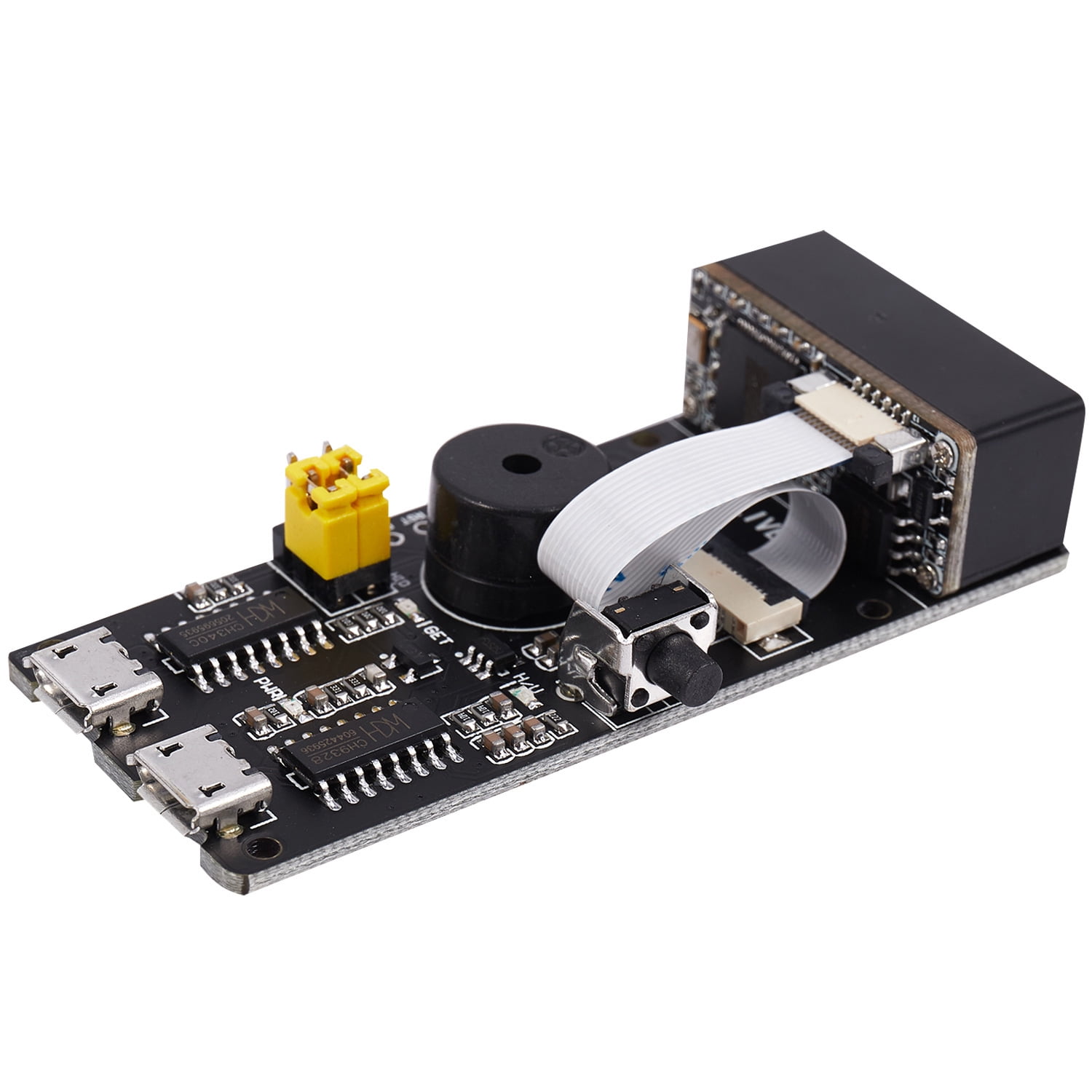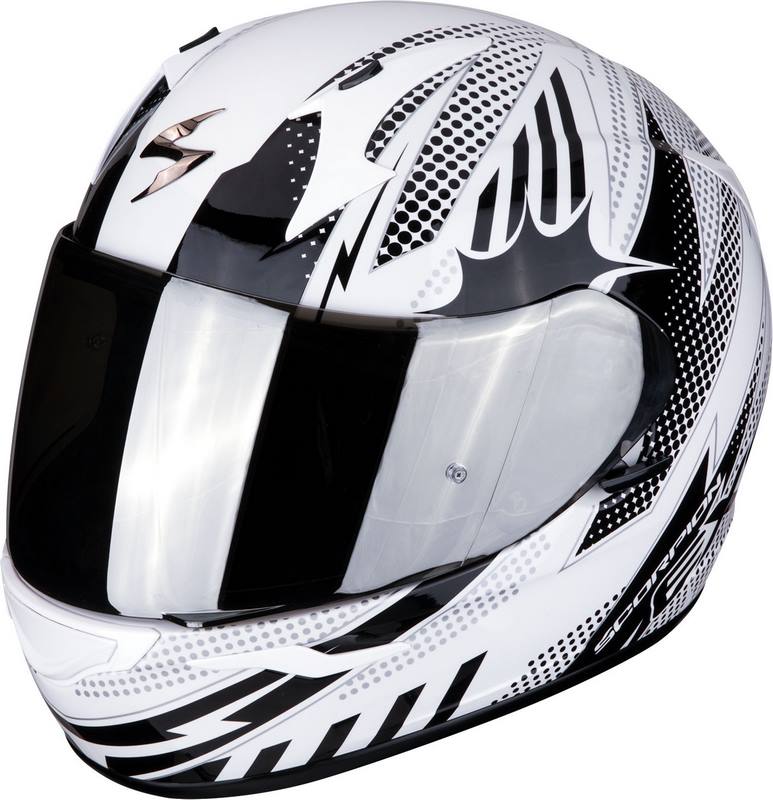


Yet, several discrepancies and barcode database inadequacies could be revealed. (3) Results: New, morphologically-authenticated scorpions´ barcodes could be added to the barcoding data-bases. They were DNA bar-coded, genetically and phylogenetically analyzed through PCR amplification and sequencing of the mitochondrial cytochrome oxidase subunit 1 (COI) gene hypervariable 5´ region. (2) Methods: four scorpion species were collected from the New Valley governorate in Upper Egypt, where high level of scorpionism and related neurological symptoms are found, that were Leiurus quin-questriatus, Androctonus amoreuxi, Orthochirus innesi, Buthacus leptochelys. Sur-viving mostly in hardly reachable nests, and representing key hazards to human health, they at-tracted major interest for characterizing their eco-, morpho-, and genotypes. (1) Background: Scorpions (Arthropoda: Arachnida) represent a diverse group of invertebrates, accounting for a significant proportion of earth´s predators and ecosystems´ modulators. They are Vachoniolus (Buthacus minipectinibus?) globimanus? (Unidentified-1), Compsobuthus spp (arabicus?) (Unidentified-2), Compsobuthus spp (werneri?) (Unidentified-3) and a single specimen of Androctonus spp (australis?) (Unidentified-4), all of which belong to the family Buthidae. The other four species are still not completely identified. Three buthids, Leiurus quinquestriatus, Androctonus crassicauda, Orthochirus innesi and one scorpion specimen, Scorpio maurus, were identified and classified as extant scorpions in this region. Three hundred and ninety-six specimens from Al-Medina Al-Munawara Region were categorized into eight groups four of them were identified. (other species) and Orthochirus innesi (Family Buthidae), were classified as extant scorpions in the region. A single species, Nebo hierichonticus (Family Diplocentridae), and five genera with four identified species, Parabuthus liosoma, Hottentotta jayakari (salei?), Compsobuthus werneri, Leiurus quinquestriatus (Vachoniolus globimanus?), Vachoniolus spp. There were 646 specimens collected from Jazan Region. Morphological identification of the collected specimens was done employing identification keys. The specimens collected from those two regions were brought to the Research Center laboratories in several batches. It deals with the identification and determination of medically important scorpions and the other ones, which were collected from two regions (Jazan and Al-Medina Al-Munawara), based on their morphology (the molecular phylogeny and venom characteristics will appear in subsequent publications). The present work is a complementary contribution to the comprehensive study of the scorpion sting syndrome in Saudi Arabia.


 0 kommentar(er)
0 kommentar(er)
